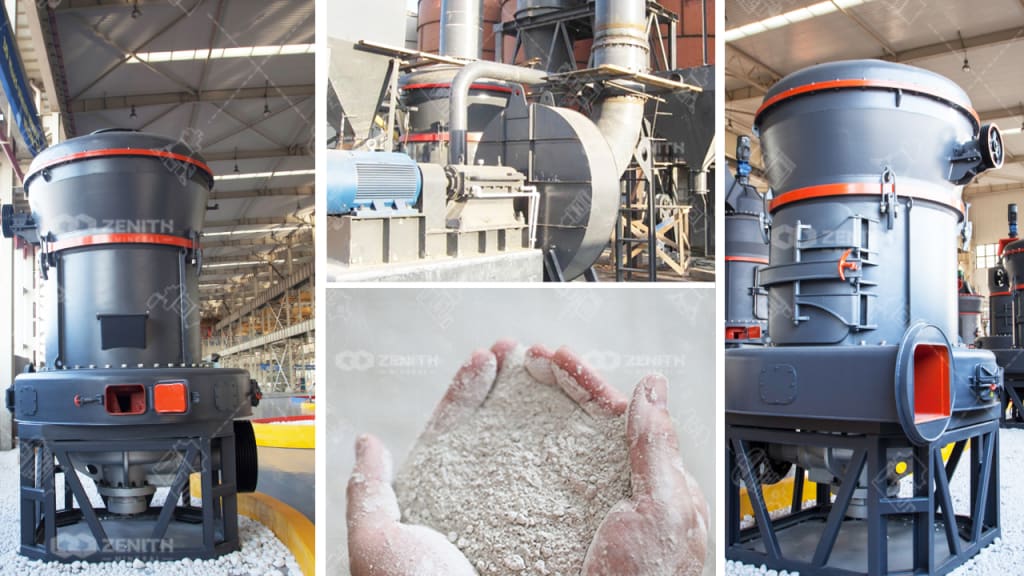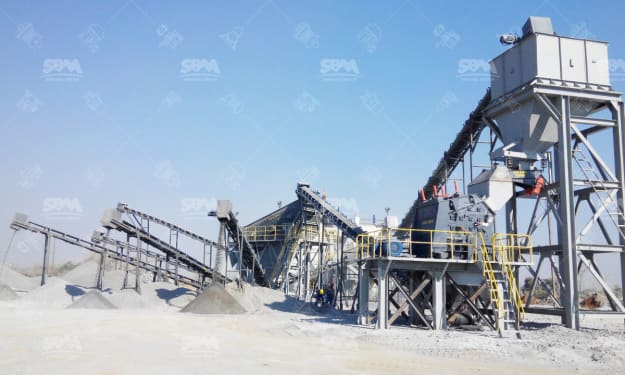
A grinding mill is a machine used to grind and crush solid materials into smaller pieces. Grinding mill is commonly used in the mining, metallurgy, chemical, and other industries. These machines can grind a variety of materials, including ores, rocks, minerals, and other substances.
The main components of a grinding mill include a grinding chamber, rotating shafts, and grinding media. The grinding media can be made of various materials, including steel, ceramic, and other materials. They are used to crush and grind the materials in the grinding chamber.
There are many different types of grinding mills available, including ball mills, rod mills, vertical mills, and hammer mills. Ball mills are commonly used in the mining industry and are suitable for grinding various types of ores, metals, and non-metallic materials. Rod mills are similar to ball mills but use long rods instead of balls as the grinding media. Vertical mills are high-efficiency grinding equipment that can grind various types of ores and non-metallic minerals. Hammer mills are also commonly used in grinding various types of materials into smaller pieces.
Grinding mills have a wide range of applications in various industries, including:
Mining: Grinding mills are commonly used in the mining industry to grind and crush ores to extract valuable minerals. Grinding mills can also be used to grind waste rock, tailings, and other materials.
Metallurgy: Grinding mills are used in metallurgical processes to grind and refine metals such as gold, silver, copper, and iron.
Chemical industry: Grinding mills are used in the chemical industry to grind various chemical compounds and materials, including pigments, dyes, and chemicals used in the production of pharmaceuticals, plastics, and other products.
Food industry: Grinding mills are used in the food industry to grind various food products, including grains, spices, and other ingredients.
Cement industry: Grinding mills are used in the cement industry to grind raw materials and clinker into cement products.
Energy industry: Grinding mills are used in the energy industry to grind coal and other fossil fuels for use in power generation.
Environmental industry: Grinding mills are used in the environmental industry to grind waste materials for recycling or disposal.
What are some of the latest developments in grinding mill technology?
Grinding mill technology has been evolving over time, with new developments aimed at improving efficiency, reducing energy consumption, and minimizing environmental impact. Some of the latest developments in grinding mill technology include:
Trapezium Mill: technology is a relatively new development in grinding mill technology and involves the use of two counter-rotating rolls to compress and grind ores. Trapezium Mill technology has been shown to be more energy-efficient than traditional grinding mills, and can also produce finer particles.
Stirred mills: Stirred mills are a type of vertical grinding mill that use a stirring device to agitate the grinding media, resulting in a more efficient grinding process. They are typically used for fine and ultra-fine grinding applications, and can produce particles sizes down to the nanometer range.
Advanced control systems: The use of advanced control systems in grinding mills has become increasingly common, with the aim of optimizing the grinding process and reducing energy consumption. These systems use advanced algorithms and sensors to monitor and control various aspects of the grinding process in real-time.
Mill liners: New developments in mill liner technology have focused on improving the wear resistance and durability of liners, which can extend the lifespan of grinding mills and reduce maintenance costs. New liner designs have also been developed to improve the grinding efficiency of mills.
Smart grinding: Smart grinding technology involves the use of sensors and data analytics to optimize the grinding process in real-time. This technology can improve the efficiency of grinding mills, reduce energy consumption, and minimize wear and tear on equipment.
Overall, the latest developments in grinding mill technology are focused on improving efficiency, reducing energy consumption, and minimizing environmental impact. These developments are driven by the need to reduce operating costs, improve the quality of grinding products, and meet increasingly stringent environmental regulations.





Comments
There are no comments for this story
Be the first to respond and start the conversation.